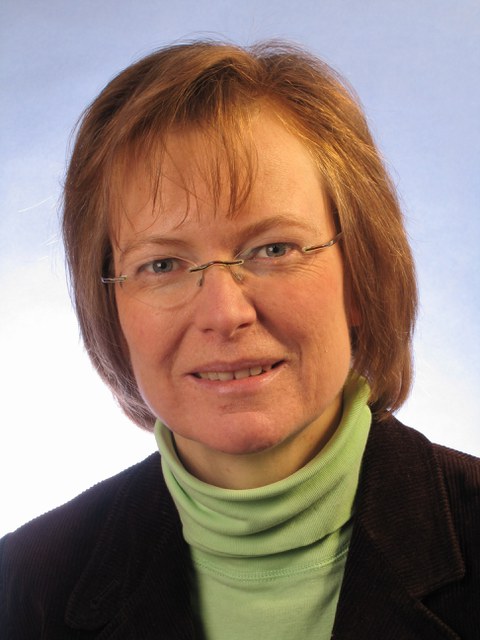Model order reduction in space and parameter dimension - towards damage-based modeling of polymorphic uncertainty in the context of robustness and reliability
Abstract of the planned project content, taking into account the results from the first project phase
The aim of the second funding phase is the further development of existing methods and the application of the methods to realistic problems in order to perform polymorphic uncertainty quantification.
Empirical interpolation method and adaptive proper orthogonal decomposition (APOD): The APOD was developed in the first funding phase. With this method, the computation time of the simulation for nonlinear problems can be significantly reduced with high accuracy. In the literature it is shown that for projection-based model reduction methods the time can be further reduced by empirical interpolation or hyperreduction. Thus, one goal of the second funding phase is to couple APOD with the empirical interpolation method or the hyperreduction method, so that the calculation time can be further reduced. Furthermore, the APOD will be extended so that it can also be applied to more complex problems. For this purpose, the behaviour of structures which are exposed to cyclic loads or loads in different directions will be investigated. The structures consist of plastic materials which can be damaged.
Hierarchical tensor approximation (HTA): In the first funding phase, HTA and POD were coupled in a way that the low-rank tensor approximation can be trained with the results of reduced models. In addition, information from the low-rank approximation can be obtained to improve the accuracy of reduced model. In the further procedure, low-rank approximations will be used to approximate the best possible modes and thus it is possible to obtain good reduced order models.
Data driven (DD) mechanics: A very large field of research deals with the creation of physically motivated material models. Observations from experiments are transferred into models that simulate the behavioral pattern of the materials. A relatively new approach does not require those models and uses instead the data from the experiments directly. Since many materials in the real world are very complex and show dependencies on temperature, humidity, loading speed, previous loadings and much more, many experiments are needed to model the different phenomena. This leads to a very large number of data points which pushes many computers to their capacity limits. One way to counteract this problem is to estimate the data from the experiments using hierarchical tensor approximation. Here it is conceivable that the fuzziness from the measured data can be taken into account using fuzzy arithmetic.
Essential project goals and objectives
-
Coupling of Adaptive Proper Orthogonal Decomposition (APOD) with Emipiric Interpolation
-
Extending APOD for problems with cyclical loads or loads in different directions
-
Use of Hierarchical Tensor Approximation (HTA) to find good modes for APOD
-
Approximation of data from data driven mechanics using HTA
-
Evaluation of the data of data-driven approaches regarding their certainty
-
Polymorphic uncertainty quantification for realistic structural examples


